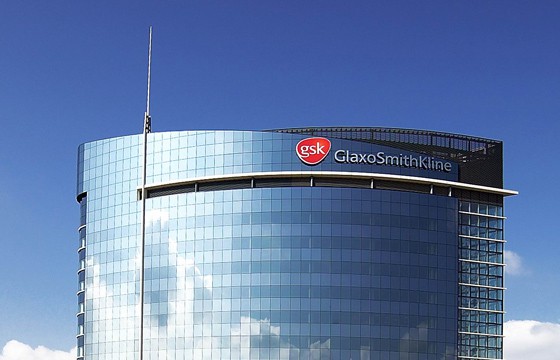
GlaxoSmithKline (GSK) has become the first big pharma company to file for approval of a gene therapy, submitting a treatment for a rare immune deficiency disease to the EMA.
The therapy – developed in collaboration with researchers in Italy – is designed to correct the genetic defect in a disease called adenosine deaminase (ADA) deficiency, which causes severe combined immunodeficiency syndrome (SCID) and leaves patients vulnerable to serious infections.
A variant of the genetic disorder is known as bubble boy disease, after SCID patient David Vetter who spent much of his short life in a sterile chamber and died as a result of complications of a bone marrow transplant in 1984.
ADA-SCID affects an estimated 350 children worldwide, with around 14 children in the EU and 12 children in the US born with the genetic defect each year. Bovine enzyme replacement therapy is available but is very expensive, requires frequent injections and often lacks efficacy.
GSK’s therapy – partnered with San Raffaele Hospital and the Telethon Foundation in Italy – is designed to treat a tiny number of children with ADA-SCID for whom no suitable bone marrow donor can be found.
It is estimated that around 90% of children with the disease have no compatible bone marrow donor within their family, and there are high risks associated with transplants from alternative donors.
The treatment procedure involves harvesting bone marrow cells from the ADA-SCID patient, purifying a population of white blood cells (CD34-positive) and stimulating them with a cocktail of cytokines, prior to exposing the cells to a virus carrying the ADA gene. The modified cells are then infused back into the patient.
The therapy was designed and developed by the Italian researchers with GSK getting involved in 2010 to assist with scaling up the manufacturing approach and regulatory filings.
The filing with the EMA – along with other announcements such as Genzyme’s entry into the gene therapy sector and the successful initial public offering from specialist firm Spark Therapeutics – marks the continued renaissance in gene therapy.
The entire field was knocked back in 1999 with the death of 18-year-old Jesse Gelsinger from massive immune response-mediated organ failure after receiving a high dose of an adenoviral gene therapy and years of regulatory caution followed.
It was not until 2012 when uniQure secured EMA approval for its lipoprotein lipase deficiency therapy Glybera (alipogene tiparvovec) that a gene therapy was approved in the West, although a head and neck cancer therapy – Shenzhen SiBiono GeneTech’s p53 gene therapy Gendicine- was approved in China in 2004.
Glybera remains the only approved gene therapy but with a new alliance with Bristol-Myers Squibb in place and a roll out due this year – and another candidate now filed – the stage seems set for gene therapy to finally fulfil its potential on the global stage. Market research firm Kalorama recently predicted sales of these therapies in cancer alone could reach $13bn by 2025.
There are almost 500 gene therapy candidates in development, according to market research firm Roots Analysis, with more than 40% targeted at cancer and one in five in late-stage clinical development.




